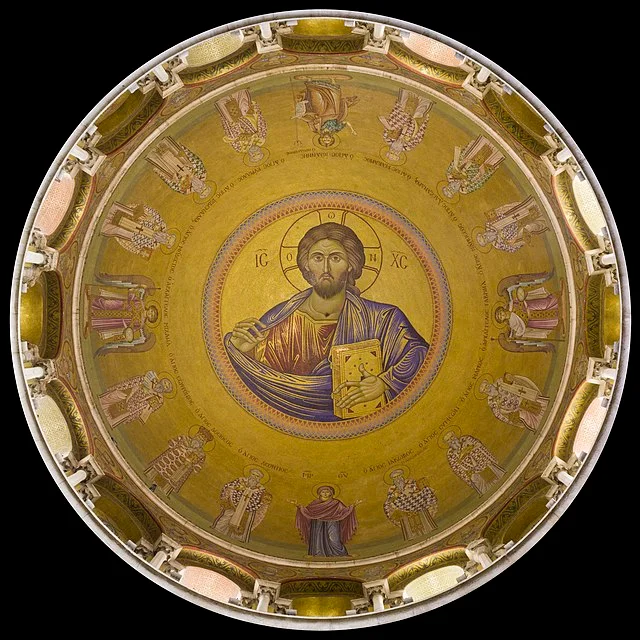The Church of the Holy Sepulchre is one of the most significant Christian sites in Jerusalem. It stands in the Christian Quarter of the Old City and is revered by many as the location of the crucifixion, burial, and resurrection of Jesus Christ. This sacred site draws millions of pilgrims from around the world each year.
Get your dose of History via Email
Historical Background
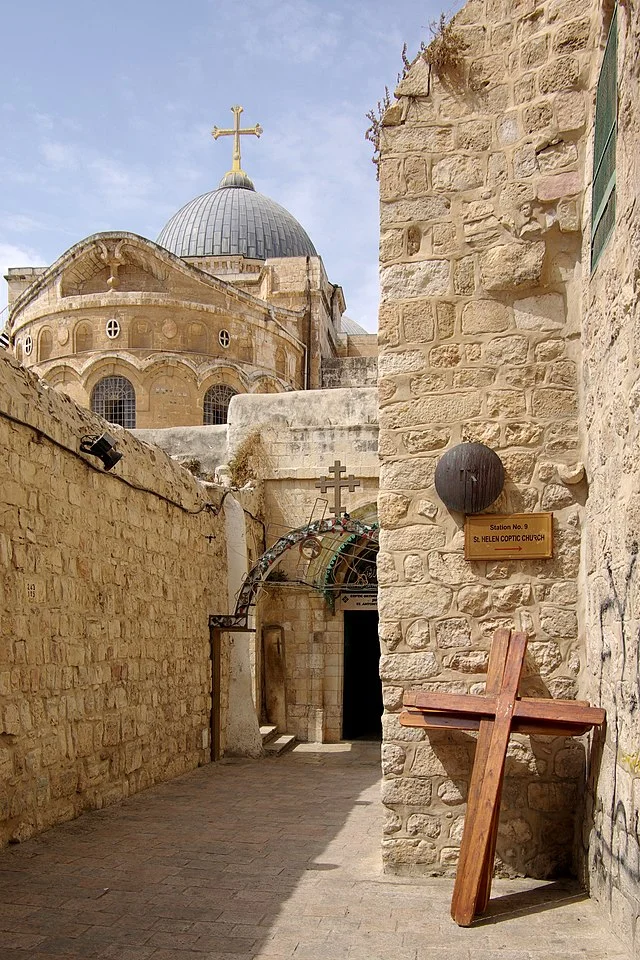
The church’s history dates back to the 4th century AD. Emperor Constantine I ordered the construction of the church in AD 326, following his conversion to Christianity. His mother, Helena, is said to have identified the location as the site of Jesus’ crucifixion and burial. Constantine’s church replaced earlier structures that may have existed at the site.
In AD 614, the Persians briefly captured Jerusalem and destroyed parts of the church. Later, the church underwent several reconstructions and renovations, particularly during the Crusader period. The Crusaders took control of Jerusalem in AD 1099 and rebuilt the church, which still stands today.
Architecture and Design
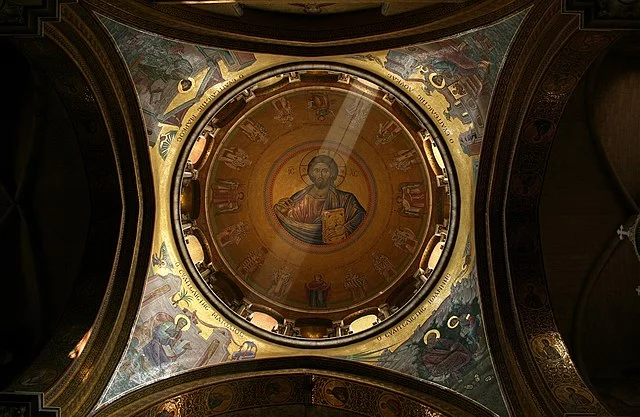
The church’s architecture has evolved over centuries. The original Constantine church was constructed in a basilica style, but later additions and renovations modified its appearance. The current structure combines elements from the Byzantine, Crusader, and Ottoman periods.
The church is divided into several key sections, including the Anastasis (Resurrection) Rotunda, the Aedicule, and the Chapel of the Crucifixion. The Anastasis Rotunda houses the Aedicule, which encloses the tomb of Jesus. The Chapel of the Crucifixion marks the spot believed to be Golgotha, where Jesus was crucified.
The Significance of the Church
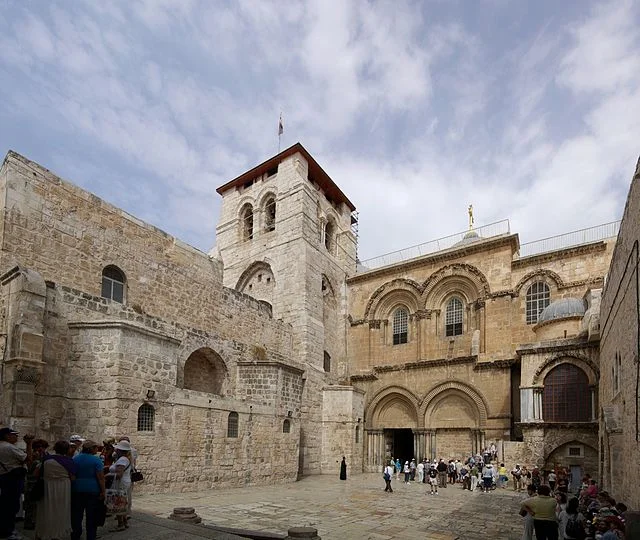
The Church of the Holy Sepulchre holds immense religious significance for Christians. It is one of the most important pilgrimage destinations, particularly for those who follow the Catholic, Orthodox, and Armenian traditions. The church contains key sites associated with the Passion of Christ, including the Stone of Anointing, where Jesus’ body is said to have been prepared for burial.
The church also represents a unique example of religious and cultural cooperation. Different Christian denominations share responsibility for the upkeep of the church, including the Eastern Orthodox, Roman Catholic, Armenian Apostolic, and other groups. This shared responsibility has led to occasional tensions but also a remarkable example of inter-denominational cooperation.
Controversies and Challenges
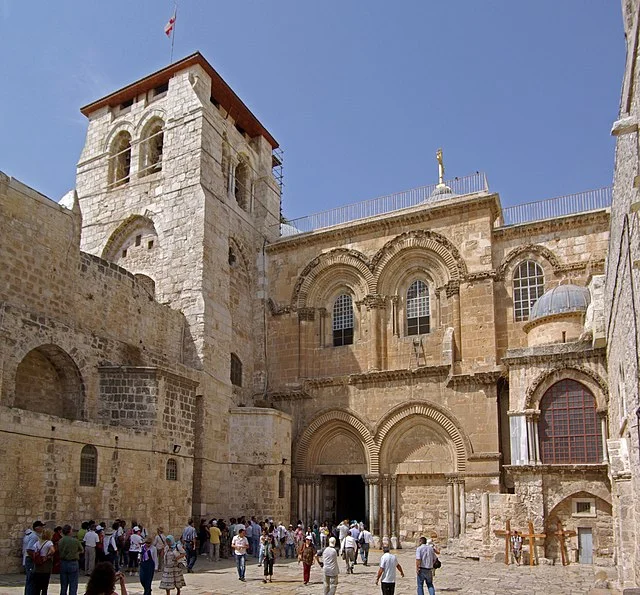
Throughout history, the Church of the Holy Sepulchre has faced numerous challenges, both physical and political. Its location in a city that is sacred to multiple religions has often led to disputes over access and control. The religious groups that maintain the church often disagree over matters related to its care and access to specific areas.
In addition to these religious conflicts, the church has also suffered from earthquakes and other natural disasters. These events have led to extensive repairs and reconstruction over the centuries. Despite these challenges, the church remains one of the most iconic symbols of Christianity in the world.
Conclusion
The Church of the Holy Sepulchre is a testament to the enduring significance of Jerusalem in Christian history. From its construction in the 4th century AD to the present day, the church continues to be a focal point of Christian faith and pilgrimage. Its rich history, architectural complexity, and spiritual importance make it an essential site for understanding the history of Christianity.
Source:

